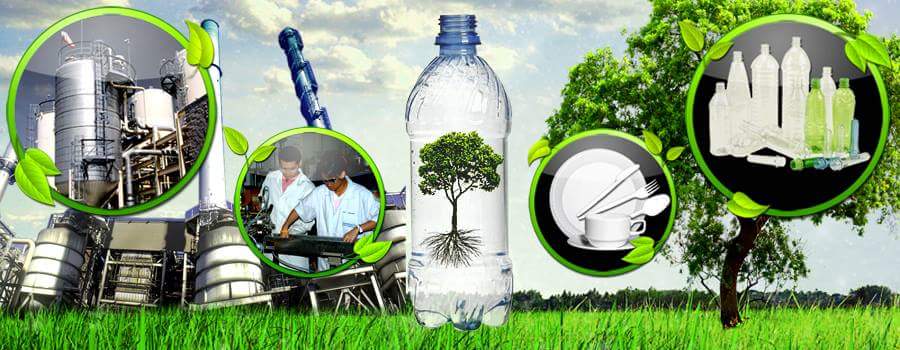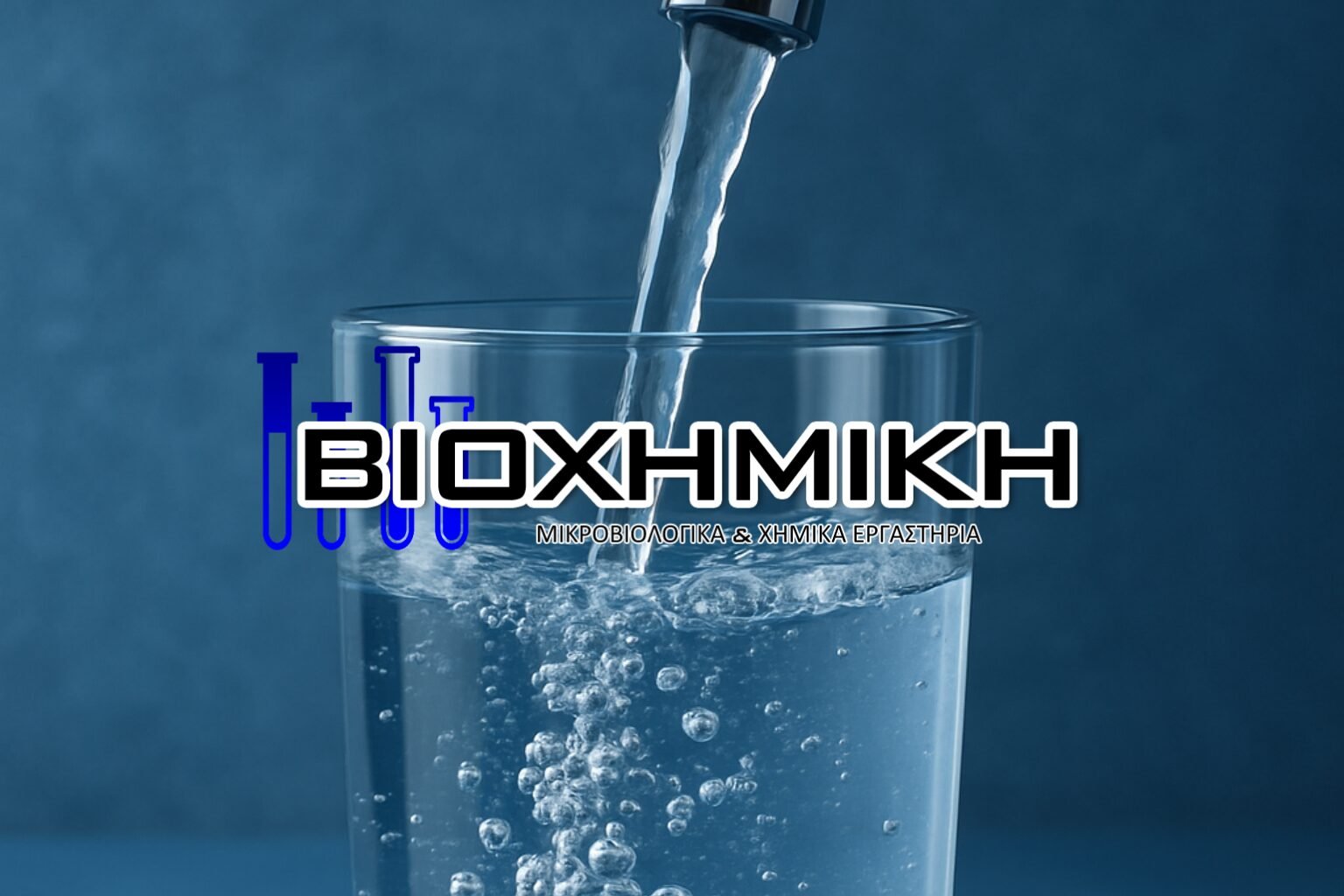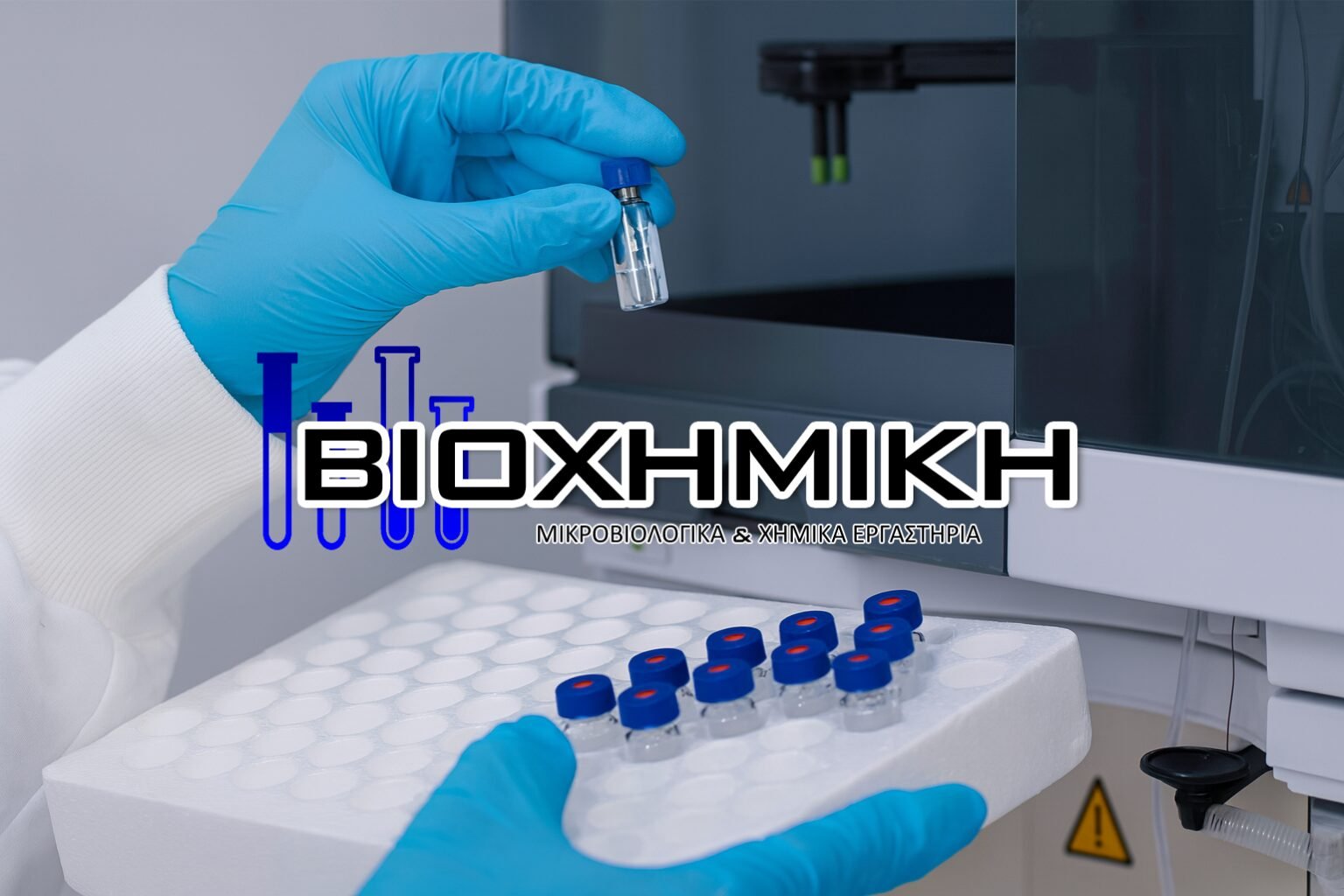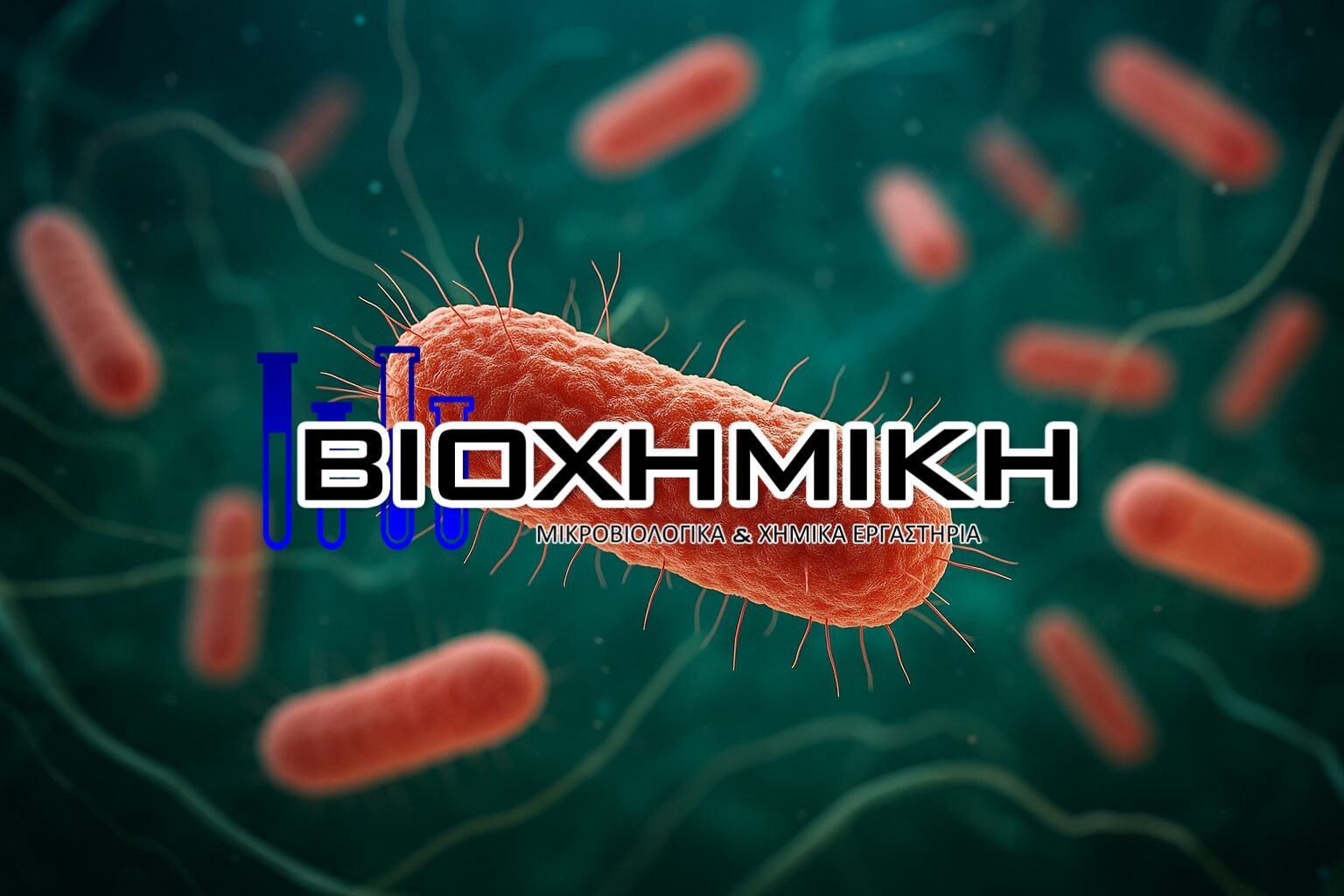Photodegradable and Biodegradable plastics: What is their importance in our lives and the environment?
Photodegradation and biodegradation, two terms so common but so different. Surely the term most familiar to us is biodegradation and biodegradable products or products that biodegrade. But how much truth is there in the use of this term in relation to the plastic product we use?
Biodegradation of a product is the natural breakdown of the material mainly into organic and inorganic matter that is naturally present in the environment, such as soil, nutrients. In this way, the degradation is assisted by using additional components in the product which after a certain period of time after use, start the process of natural degradation and these can be from chemicals that are friendly to humans and the environment to selective bacteria, just what a plastic that we would throw into the environment would come into contact with.
But the above term is often confused with photodegradation, a completely different process. Photodegradable is the name given to a product whose material’s lifespan is measured inversely by its exposure to light. The material breaks down into smaller pieces, shatters more and more intensely until it eventually becomes plastic powder. A powder that is not so harmless, as a quantity of ‘microplastics’ has now been created, so called because of the extremely small size of the grains (on the order of micro-). The unbroken microplastics then enter the natural processes of the environment, disrupting mainly animal populations as they feed and consume water with plastic substances.
The most common example to us is plastic bags which are actually photodegradable and not biodegradable as advertised.
The main difference between the two types of plastics is that bioplastics will eventually break down into natural substances in the environment and be assimilated by it, as they contain no harmful substances, whereas photodegradable plastics will simply break down into smaller and smaller parts until we cannot see them….but they will still exist!
Lina D. Tsamili
Chemical Engineer, MSc
Chemical Analysis Manager
Department of Environmental Studies & Applications





